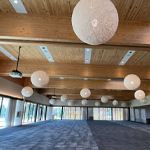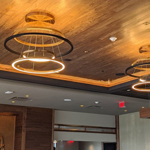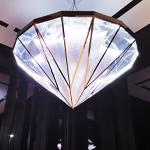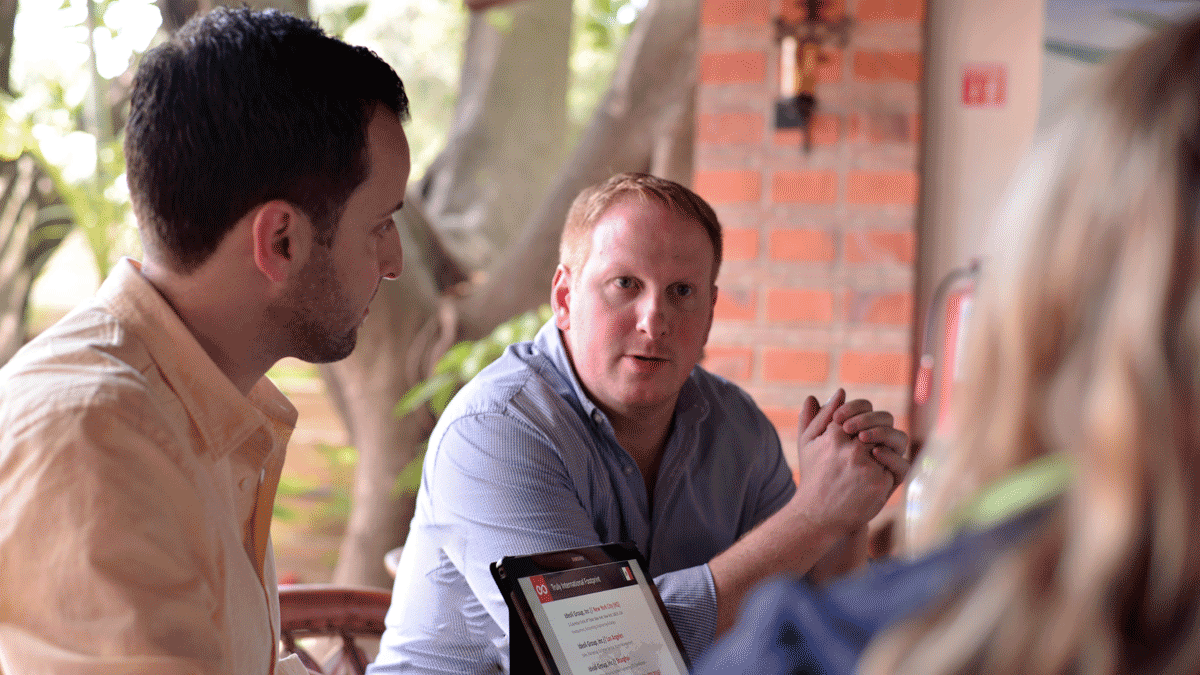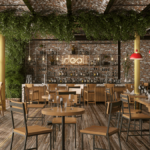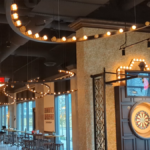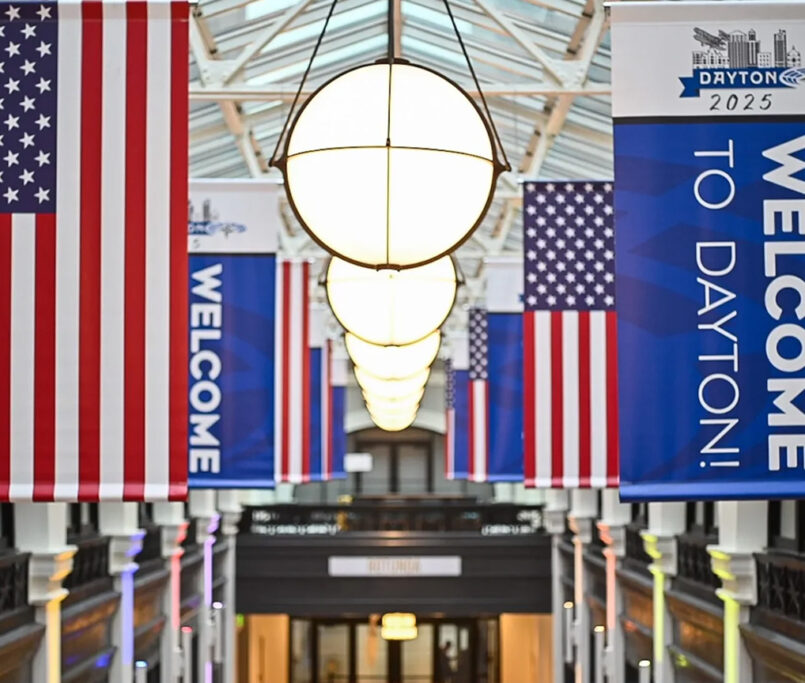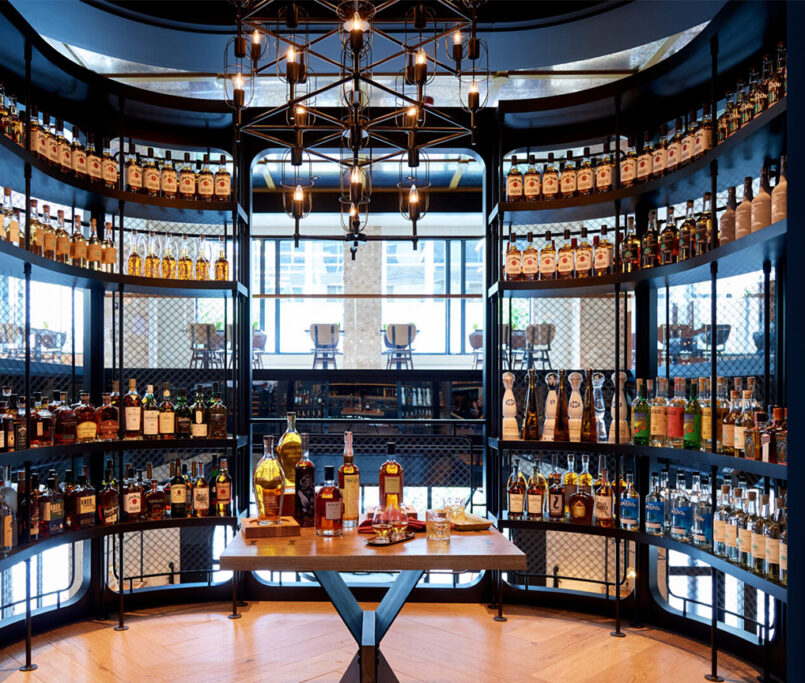How to protect your outdoor lighting from harsh weather conditions
Beautifully decorated outdoor lighting can quickly get damaged and become unsafe if no precautions are taken to protect your lighting against heavy weather conditions.
We use outdoor lighting to make our outdoor spaces look more beautiful and inviting. Planning out its conception definitely requires a certain amount of dedication and hard work. Now, of course, we would not want all of our hard work to be ruined again by heavy rain or an unannounced storm. So, that’s why we would like to share with you a few ways how you can protect your external lighting from harsh weather conditions.
MAKE SURE YOUR LIGHTING IS SUITABLE FOR OUTDOOR USE
This first and most important step is to ensure that your lighting products and their components meet all the requirements for outdoor lighting. Generally, the lights that are being used outside need to be able to handle moisture and withstand mechanical impact. The Ingress Protection (IP) rating, which is used as an international standard to evaluate the degree of protection and sealing effectiveness of an electrical product, will give you more information about how much moisture the lights, as well as the electrical cords that are connected to the lights, can be exposed to. The Impact Protection (IK) rating indicates the level of resistance the lighting product provides against mechanical impact. It’s important to research the proper ratings for your application and ensure the products you specify meet those specifications. Otherwise, you need to make sure that no moisture and no external influences can affect it.
PLACEMENT OF LIGHTING
After making sure your lighting has the proper ratings for your application, the next thing you can do to prevent your outdoor lighting from being damaged is to place it in shielded locations. Keeping your lighting away from any potential rain, storm, etc. is a surefire way to keep your lighting in good condition. Now, this can be under a roof, in a protected corner, or close to any type of outdoor furniture for it to be hidden from any open areas. Just make sure it is (indirectly) covered from the top or side.
However, sometimes it is close to impossible to find a spot for lighting to be sheltered, which is why we have one more way how you can protect your outdoor lighting from harsh weather conditions.
WEATHER SHIELDS
Another great way to protect your outdoor lighting is to use weather shields. Weather shields cover your lights and keep them away from any type of moisture and adverse weather. You can purchase waterproof weather shields for your light bulbs as well as your external outlets at your local hardware store. If you are thinking of connecting different light sets together, there are also special weather shields for your lighting connections. Without these weather shields, your outdoor lighting is more prone to damage.
While covering your lighting fixtures and outlets, also consider putting casing around your wiring or covering it in a different way, for example by burying it underground. Exposed wiring can get damaged outdoors, as the rubber casing of wires can deteriorate and can cause the wiring to split. Another reason to make use of wire casing is to prevent it from being damaged by any animals biting it and increasing the risk of an electrical shock for anyone handling the lighting and potentially getting in contact with the exposed wire. If any wires or cables are damaged, you should contact a professional electrician.
IDEOLI TIP: USE LED LIGHTS
Our recommendation for setting up outdoor lighting in a secure way is to use LED lights that are suitable for outdoor use. Known for their energy efficiency and long life span, most LED lighting fixtures are sealed and come with built-in wiring, through which they are able to endure more impact from harsh weather conditions and are least likely to get damaged. In addition, LED lights radiate less heat than incandescent lights making them less attractive to animals, which could potentially harm them as well as damage the lighting fixtures and its wiring.
CONCLUSION
We have covered a few different ways of how you can make sure your outdoor lighting is protected from harsh weather in this post. We have learned that before you install any lighting outdoors, you need to make sure that your lighting is suitable for outdoor use. This can be established by its IP and IK rating. After determining its suitability for outdoor use, the placement of your lighting plays an important role. Keeping it a covered or protected area will help keep your lights safe and intact. Another great way to protect your lighting is through weather shields, which create a physical barrier against weather influences. But don’t forget to protect your wiring as well. Finally, we advise using LED lights due to the sealed and built-in wiring of most LED lighting fixtures.
All things considered, we recommend that no matter which suitable outdoor lighting you are using or deciding to use, you should consider unplugging your lighting before any rough weather occurs.



